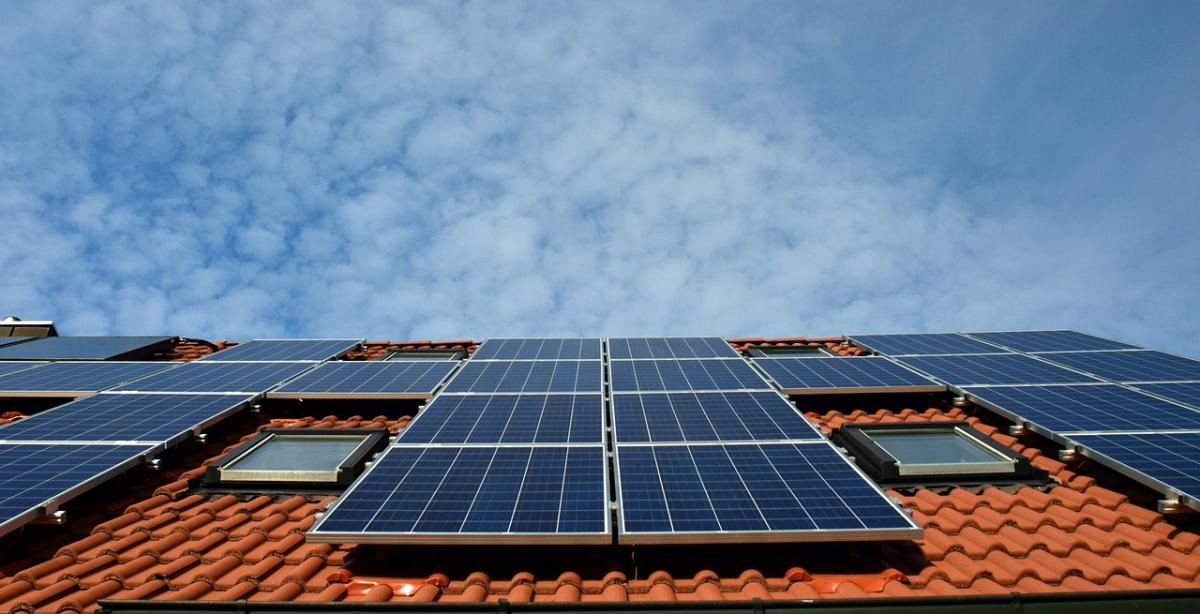Solar technology has a rich history that dates back to ancient times. People have always found creative ways to capture the sun’s energy. The first notable use was during the Roman Empire when they built houses with large south-facing windows. These windows acted like natural solar collectors, warming their homes and keeping them cozy.
Fast forward to the 19th century, and things started to get really exciting. In 1839, a French scientist named Edmond Becquerel discovered the photovoltaic effect. This phenomenon explained how sunlight could generate electricity when it hits certain materials. It was a light bulb moment for solar energy and laid the foundation for future innovations.
By the 1880s, the first solar cells were being made, but they weren’t very efficient. The first practical solar cell was created in 1954 by researchers at Bell Labs. It was made from silicon and managed to convert about 6% of sunlight into electricity. While that number might seem small today, it was a game-changer at the time and sparked interest in solar energy like never before.
During the 1970s, with rising energy costs and environmental concerns, solar technology really began to gain traction. Governments started to fund research, and people began looking at solar power as a viable energy source. This was the dawn of serious solar energy exploration, which would set the stage for the solar panels we know today.
The Rise of Modern Solar Panels
Solar panels have come a long way since their humble beginnings. Back in the 1950s, the first modern solar panel was born, and it only managed to convert around 6% of sunlight into electricity. Fast forward to today, and we’re staring at impressive efficiency rates of over 22%. That’s quite a leap!
What really pushed the rise of modern solar panels was the increasing demand for clean energy. People started to realize that relying on fossil fuels wasn’t sustainable. The tech behind solar panels improved, driving prices down. These days, you can find affordable solar options for your home without breaking the bank.
Another big factor in the rise of solar tech is innovation. Engineers and scientists have been busy experimenting with different materials, like monocrystalline and polycrystalline silicon. Each choice has its perks, impacting efficiency and cost. Plus, improvements in solar storage solutions mean you can save energy for when you really need it.
Government incentives have also played a huge role. Many countries are rolling out tax credits and rebates for installing solar panels. This makes switching to solar not just eco-friendly but also a smart financial move. More homeowners than ever are joining the solar revolution, making a difference one rooftop at a time.
Advancements in Solar Efficiency
Solar panels have come a long way in the quest for better efficiency. In the early days, they converted just a tiny fraction of sunlight into energy, which was a real buzzkill for anyone hoping to harness the sun's power. Nowadays, the technology has made some serious leaps. Modern panels can convert over 20% of sunlight into usable electricity, and some top-tier models even push past 25%!
One exciting area of advancement is the development of bifacial solar panels. Unlike traditional panels, these gems can absorb sunlight from both sides. So, if you install them in the right spot, you're snagging extra energy from reflected light. Think about it—more power without needing extra space. It’s like finding hidden treasure right in your backyard!
Another game-changer is the use of perovskite solar cells. They’re lighter, cheaper to produce, and easier to manufacture than traditional silicon panels. While we’re still figuring out some durability issues, these cells promise a future where solar energy is more accessible for everyone. Imagine slapping up some lightweight panels on your roof, and then watching your energy bills shrink.
Finally, let’s not forget the role of smart technology. Smart inverters and energy management systems allow homeowners to monitor and optimize their energy use in real time. You can see how much energy you’re producing and using, making it way easier to maximize efficiency. This tech helps you take control over your energy consumption, letting you save money while being eco-friendly.
Future Trends in Solar Energy
The future of solar energy looks super exciting! One big trend is the move toward solar panels that can generate energy more efficiently. Researchers are working on new materials that’ll help panels capture even more sunlight, which means more energy for your home.
Another cool trend is the rise of solar-integrated products. Imagine solar panels that blend right into your roof or windows. These sleek designs make it easier for homeowners to go green without sacrificing style. You won’t even know they’re there, but they'll be working to power your home!
Energy storage solutions are also getting more advanced. With better batteries, you can store up all that sunshine to use when the sun isn’t shining. This makes solar energy not just reliable during the day but also a great option for nighttime use. A well-stored energy system gives you control over your energy needs.
Lastly, tech is playing a huge role. Smart solar systems can optimize energy use by connecting to your devices and managing energy usage. Imagine a system that learns your habits and adjusts to save you the most money possible. That’s the future we’re heading into, and it’s pretty promising!

